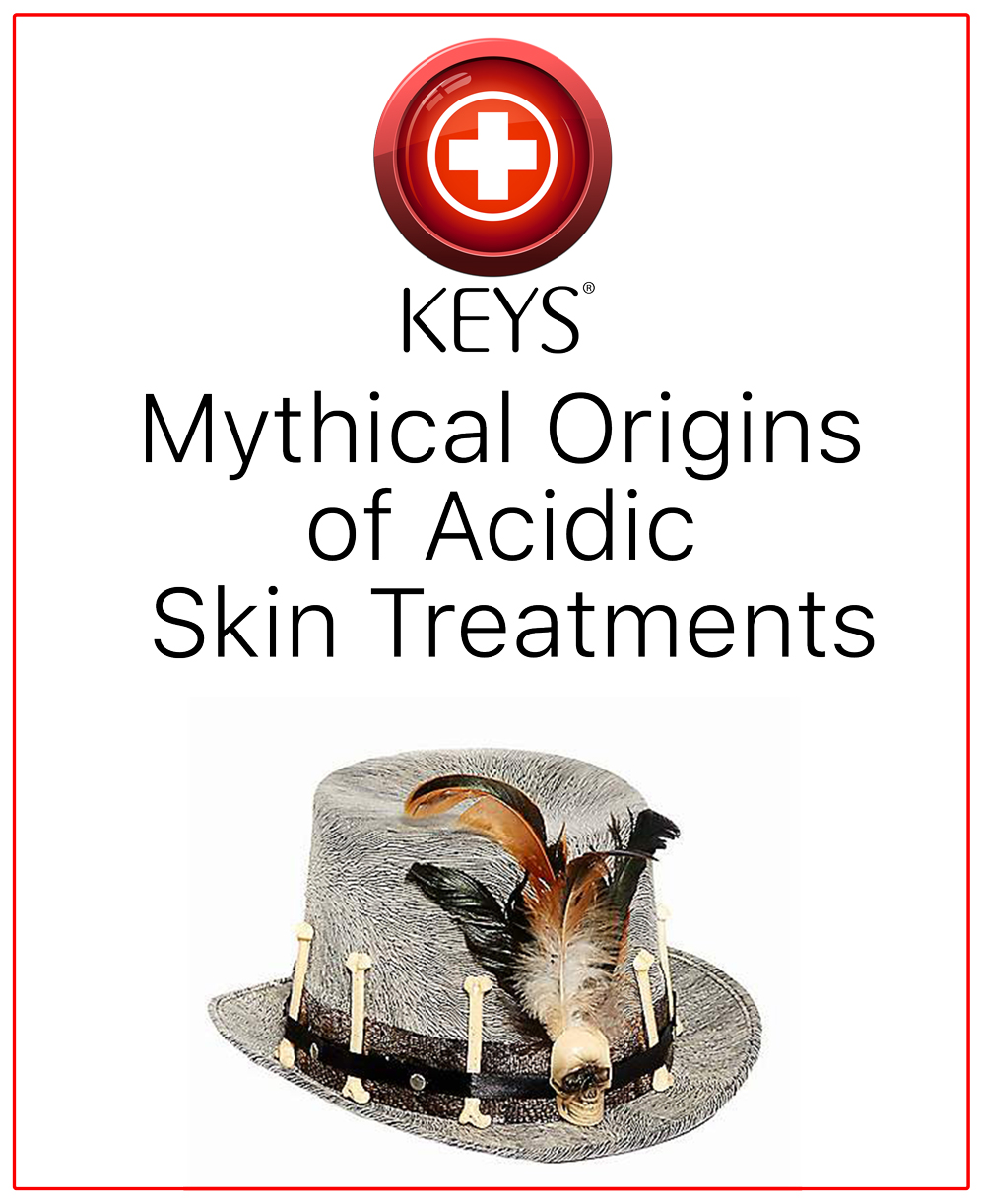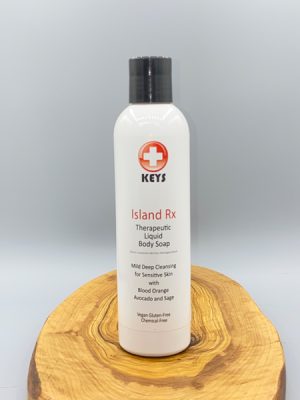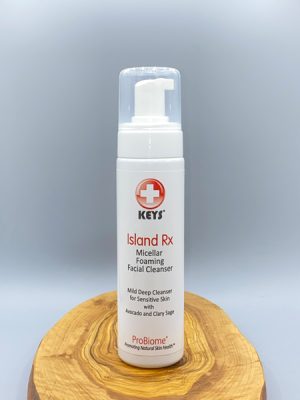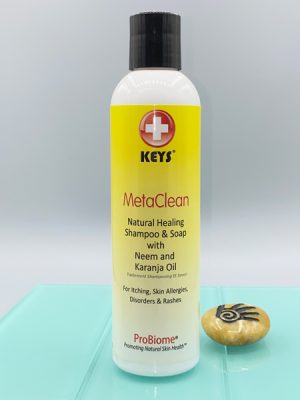
The Mythical Origins and Evolution of Acidic Skin Treatments
The Origins and Evolution of Acidic Skin Treatments: From Historical Curiosities to Modern Skincare
The Origins of My Interest

Recently I got into a squabble with the author of a paper published on NIH PubMed. The author quoted the basis of their paper on two dudes that I would have to categorize as snake oil salesmen from the 1890s as a basis for why people need to use acid treatments on their face to balance the skin. Basically, the two dudes were pitching apple cider as a toner for women to use for a more youthful appearance. Now over a hundred years later, things have still not changed much in the natural skincare industry. My rub is that the PubMed author based their paper on a non-fact-based sales pitch that has lived in perpetuity for this long. The concept was to mildly shock the skin in an opposite direction pH-wise. It may have been true over 100 years ago when most people had alkaline skin, but today the real trend is that people are too acidic.
Introduction
The quest for flawless and radiant skin has led to many beauty rituals and treatments throughout history. Among these practices, the use of acidic substances to shock or exfoliate the skin has garnered attention due to its potential to reveal fresher, smoother skin. This article delves into the origins and evolution of the idea of shocking the skin and face with acidic treatments, tracing its roots from ancient civilizations to the modern skincare industry.
Ancient Beginnings
Using acidic substances for skin enhancement dates back thousands of years to ancient civilizations such as Egypt, Greece, and Rome. These cultures recognized the potential benefits of natural acids in fruits, milk, and even wine. Cleopatra, renowned for her beauty, was said to have bathed in sour milk baths containing lactic acid, which is known to exfoliate dead skin cells.
Greeks and Romans used wine, which contains tartaric acid, as a means to soften and rejuvenate the skin. They also utilized fruit extracts like citric acid from lemons and oranges to create early forms of exfoliating masks. While these practices were rooted in anecdotal evidence rather than scientific understanding, they paved the way for the exploration of acidic treatments.
Medieval and Renaissance Era

Scientific Advancements and Modernization
The 19th and 20th centuries witnessed significant progress in scientific understanding and skincare practices. The isolation and identification of various acids, coupled with advances in chemistry, set the stage for more informed skincare. Chemists like Albert Kligman, often referred to as the father of modern cosmetic dermatology, contributed to the development of products containing alpha hydroxy acids (AHAs) like glycolic and lactic acids. These AHAs are now recognized for their exfoliating and rejuvenating properties as they burn away facial skin.
In the mid-20th century, chemical peels emerged as a method to shock the skin with controlled concentrations of acids. These treatments aimed to remove damaged outer layers, stimulating collagen production and revealing newer skin underneath. Despite their effectiveness, the aggressive nature of early chemical peels often led to undesirable side effects.
The Birth of Modern Acid-Based Skincare
As scientific research progressed, skincare formulations became more sophisticated and tailored to individual needs. Today, acid-based skincare products encompass a wide range of acids, each with specific benefits. Salicylic acid, derived from willow bark, is effective against acne due to its ability to penetrate oil-filled pores. Hyaluronic acid, while not exfoliating in nature, provides intense hydration and plumping effects.
The popularity of K-beauty and J-beauty routines introduced products like glycolic acid toners and essence masks to a global audience. The adoption of these practices was driven by a growing awareness of the importance of chemical exfoliation and the rejuvenating effects of acid treatments.
Why Keys® Says NO!
Acid peels are harsh and destructive to multiple layers of the skin. Many of the theories associated with acidic skin treatments came at a time when our bodies tended to be more alkaline. These days, society tends to have acidic skin levels, and it takes even stronger acids to exfoliate chemically. Our Tortuga lotion is a classic cold cream where the avocado oil naturally exfoliates because of its natural composition. It melts away dead skin and nourishes the collagen level without making you look like a burn victim.
Said, if you are among the norm, your skin is probably acidic, and the shocking of the skin mildly can be accomplished by using Castile soaps. As said, we have four of them that serve different purposes, but they will still do the job of mildly shocking the skin, smoothing, and exfoliating without a third-degree burn. You can wash with our Island Rx Foaming Wash and go out immediately without having to hibernate for a week recovering from a skin acid treatment.
Conclusion
The concept of shocking the skin with acidic treatments has evolved significantly over the centuries. From ancient rituals rooted in tradition to modern skincare products backed by scientific research, the journey of acidic skincare treatments highlights the human pursuit of beauty and self-care. As we continue to refine our understanding of skincare, it’s crucial to strike a balance between the historical wisdom of our ancestors and the advancements of modern science to achieve radiant, healthy skin. Always consult with skincare professionals before embarking on new skincare regimens to ensure the best results for your individual skin type and needs. My advice is to have your skin pH analyzed before jumping into someone’s regimen that is based on weird speculative science. A straightforward way to accomplish this as a starting point is to get some pH test strips and test your saliva. It is a good starting point that if your saliva is acidic, most likely, so is your skin. If you want to go farther, have a pro test your skin pH with a meter. My suggestion is to just try Castile soaps for a while and see if your skin looks better. You can buy a lot of Castile soap for the price of a pH test.
Not So Funny Side Story
Wendy’s old friend is an absolute sucker for the next new skin thing that is hot off the presses. We were visiting her a while back, and when we arrived at her home, we were shocked to see her blistered and red face. She explained that she had a chemical peel and decided to use Retin-A (retinoid) to amp up the treatment. She is a pretty woman and basically disfigured herself, albeit for a little while, in the name of a touted youthful appearance. She doesn’t listen to me, so the story ends there, and we were not able to take her out to lunch out of fear of shocking the patrons.





